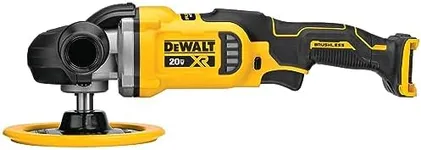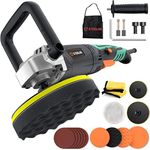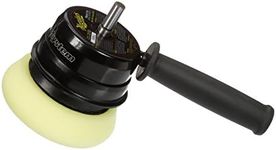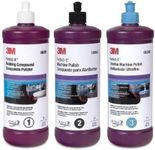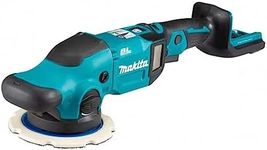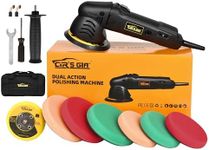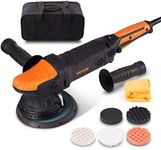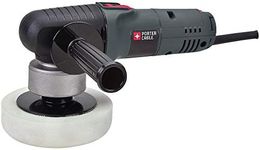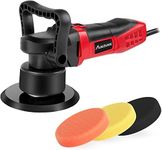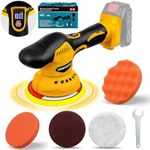Buying Guide for the Best Boat Polisher Buffer
Choosing the right boat polisher buffer can make a big difference in how easy and effective it is to maintain your boat’s finish. The right tool will help you remove oxidation, apply wax, and keep your boat looking shiny and new. When shopping for a boat polisher buffer, it’s important to understand the key features and how they relate to your needs, so you can select a model that’s comfortable to use and delivers the results you want.Type (Rotary vs. Dual Action)The type of polisher refers to how the pad moves. Rotary polishers spin in a single direction, offering more power and faster results, but they require more skill to avoid damaging the surface. Dual action (DA) polishers move in two ways at once, making them safer and easier for beginners, as they are less likely to cause swirl marks or burn the paint. If you’re new to polishing or want a tool that’s forgiving, a dual action polisher is a good choice. If you have experience and need to tackle heavy oxidation or scratches, a rotary polisher might be more effective.
Power (Amperage or Wattage)Power is usually measured in amps or watts and indicates how strong the motor is. Higher power means the buffer can handle tougher jobs and won’t bog down under pressure. For light maintenance and waxing, a lower-powered buffer is sufficient and easier to handle. For restoring neglected surfaces or working on larger boats, a higher-powered model will save time and effort. Consider the size of your boat and the condition of its surface when deciding how much power you need.
Speed Settings (Variable Speed)Speed settings control how fast the pad spins or oscillates, usually measured in revolutions per minute (RPM) or oscillations per minute (OPM). Variable speed allows you to adjust the speed for different tasks—lower speeds for applying wax or polish, higher speeds for removing oxidation or scratches. If you want more control and versatility, look for a buffer with adjustable speed. If you only plan to do basic waxing, a single-speed model may be enough.
Pad SizePad size refers to the diameter of the polishing pad, commonly ranging from 5 to 10 inches. Larger pads cover more area and are good for big, flat surfaces, making the job faster. Smaller pads are better for tight spaces, curves, and detailed work. Think about the size and shape of your boat—if you have a lot of open deck, a larger pad is efficient, but for boats with many contours or hard-to-reach spots, a smaller pad offers better control.
Weight and ErgonomicsThe weight and design of the buffer affect how comfortable it is to use, especially for long periods. Lighter models are easier to handle and reduce fatigue, while heavier ones may offer more stability but can be tiring. Ergonomic handles and balanced designs make the tool easier to maneuver. If you expect to polish your boat often or for extended sessions, prioritize comfort and ease of use.
Corded vs. CordlessCorded buffers plug into an outlet and provide consistent power, making them suitable for long jobs. Cordless models run on batteries, offering more mobility and convenience, especially if you don’t have easy access to power. However, battery life can limit how long you can work at a time. If you need to move around a lot or work in remote areas, cordless is handy. For uninterrupted work on larger boats, corded is more practical.
